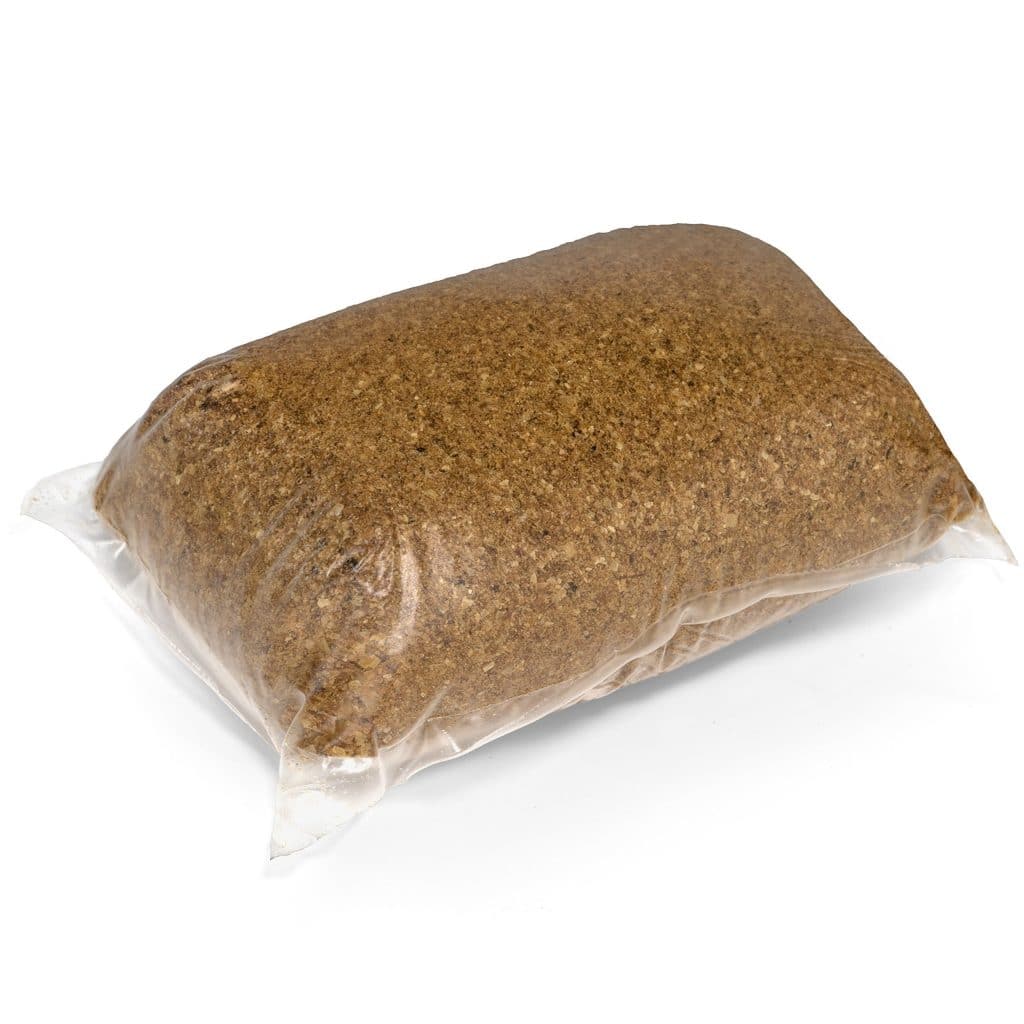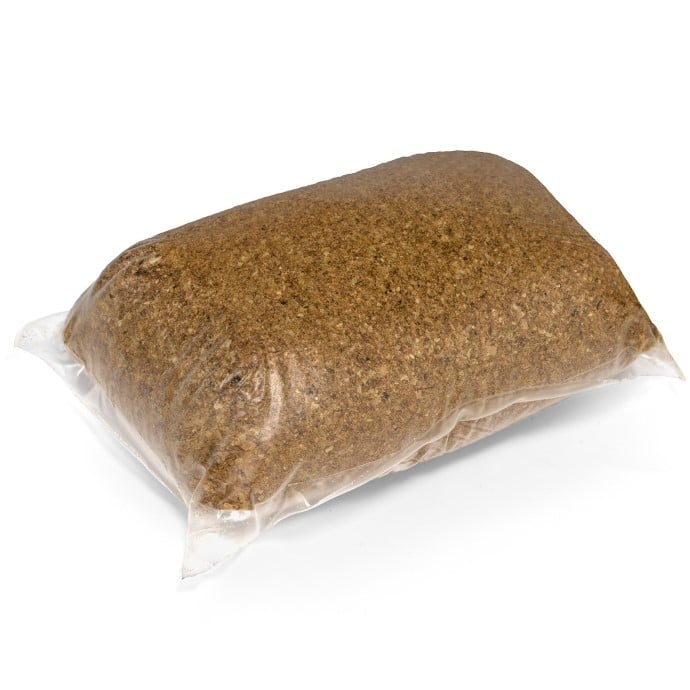
Variety comes in all shapes and sizes. Consumers love to have a wide selection of products and services because it keeps their minds open to new improvements. A perfect example would be beauty products. Women have a tendency to go out and shop for an array of make-up and skin products that come in different brands. It’s surprising to find out that they purchase such a wide selection just because they want to diversify their style. They want their image to be vibrant and basically, un-boring.
Just like these women, different brands of household products are also purchased. This is done because homeowners want to see what brand would really bring out the maximum benefits. When it comes to the septic system, there’s a wide variety of septic tank additives to choose from. Manufacturers of these additives concentrate on producing and advertising chemical and enzyme-based additives that are too strong to use. These are aggressive acids and bases that corrode the physical components of the septic and kill the resident bacteria. When bacteria are removed from the equation, the entire process of wastewater treatment will completely stop. The outcome is effluent backups and overflows that bring forth health and sanitation issues that harm the people and the environment. The chemicals and enzymes in the septic additives are classified as inorganic. They are synthesized by man to remove the solid waste in the septic. But as they are used repeatedly, they only yield harm to the system and to the surrounding environment.
Organic septic tank additives are the ideal products that should be used. These are bacteria-based additives that do not have any chemical discharges to pollute the environment with. Bacteria are microorganisms that have been present long before man entered the picture. They are masters at survival and consumption. Their metabolism is very fast that’s why they need to eat constantly. Once they ‘re introduced into the septic tank, they immediately get to work. They degrade the solid waste products and leave three layers in the process—the scum, the effluent, and the sludge. The scum is the topmost layer that has the lightest solid waste particles. The effluent is the middle part that’s clear liquid. The sludge is the bottom layer where the bacteria are concentrated. It is where the heaviest solid waste particles are found.
It’s the clear effluent layer that’s supposed to enter the drain field to be filtered and purified by the biomat and the aerobic bacteria. The pathogens and minute particles of solid wastes are eliminated in this part of the septic system. If you see a yellow patch of grass over this part of the septic, don’t be alarmed. This would only indicate that the septic tank and the rest of the system are in good hands. If you use bacteria-based additives as a regular method of treatment for your septic tank, then you won’t have any problems with the flow of the wastewater treatment.
Regular pump outs will yield more benefits to your septic system if it’s partnered with bacteria treatment. Aside from this, an initiative from the household members will contribute greatly to the prevention of any blockages or damages in the septic system. One way is to remove forms of construction or vehicles over the septic area to avoid soil compaction that destroys the physical components of the system. Another is by not using harsh chemicals and dumping them into drains and toilets.
With bacteria-based septic additives, you will have a septic tank that will serve you for a very long time.
